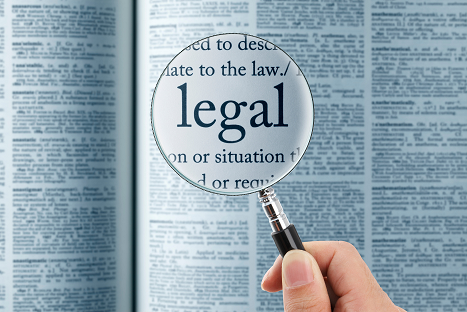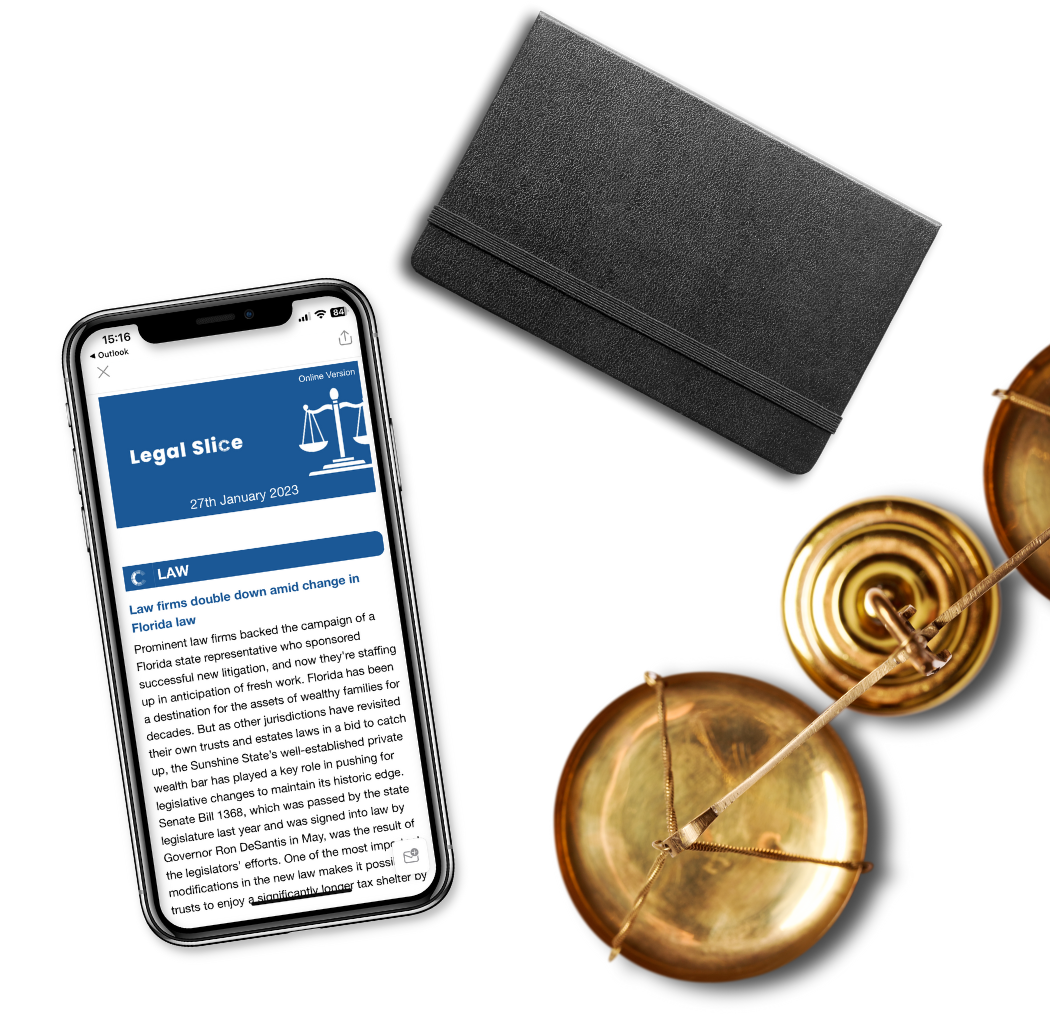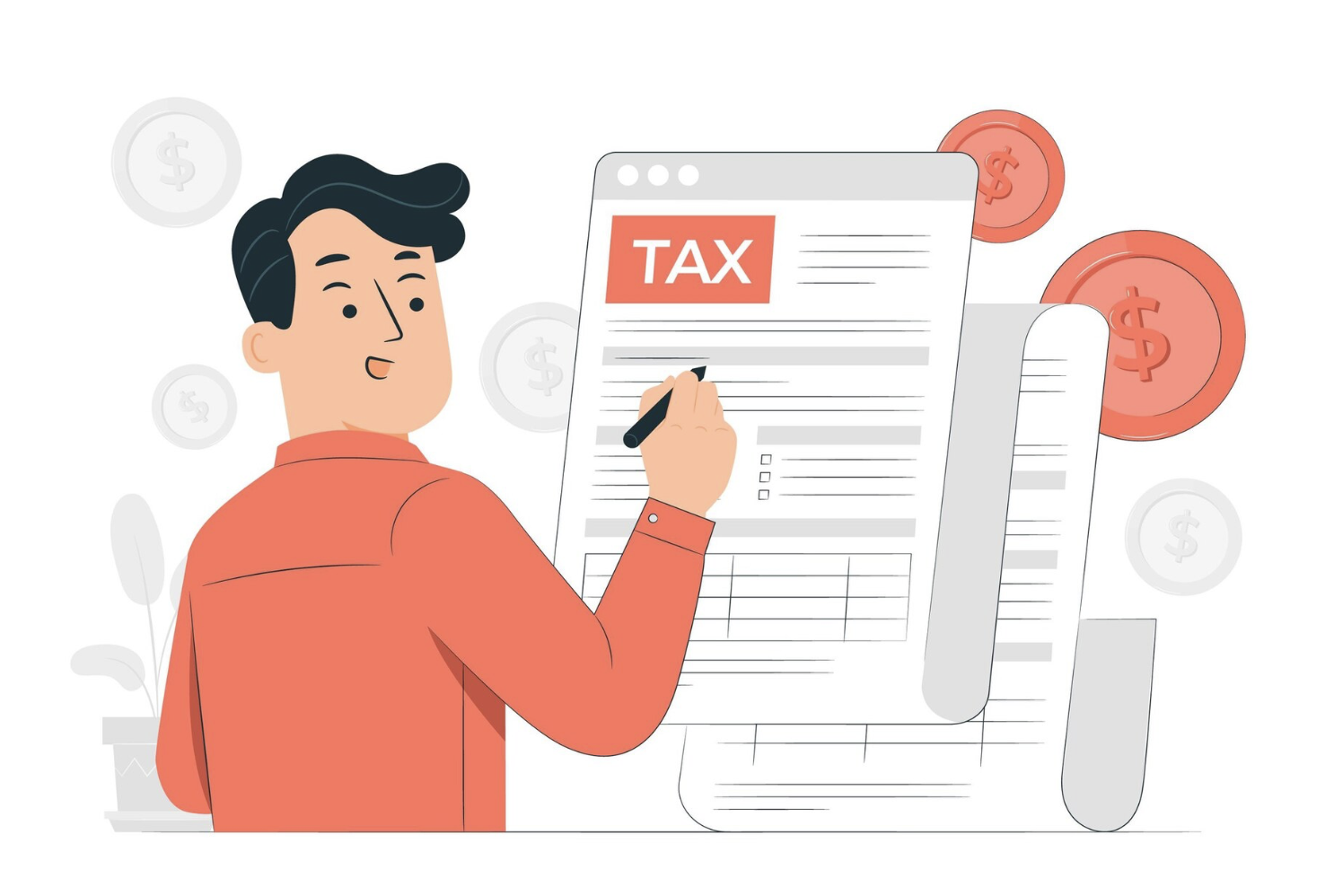You’re all signed up for Legal Slice
Thank you for your interest in our service.
Watch out for a confirmation email from our subscriptions team. Once you have confirmed you will join the worldwide community of thousands of subscribers who are receiving daily legal intelligence to lead, innovate and grow.
Note: Due to the nature of this message you may find this in your "promotions" or "spam" folders, please check there. If nothing arrives within a few minutes let us know. If you do not receive this email we will be happy to help get you set up.
Adding the email address [email protected], will help to ensure all newsletters arrive directly to your inbox.
Recent Editions

Legal Slice
U.S. District Judge Beryl Howell in Washington, D.C. has rejected a challenge from the U.S. Chamber of Commerce that President Donald Trump's $100,000 fee on new H-1B visas for highly skilled foreign workers conflicts with federal immigration law and will lead many employers to cut jobs and the services they provide to the public. "The parties’ vigorous debate over the ultimate wisdom of this political judgment is not within the province of the courts," wrote Howell, an appointee of Democratic former President Barack Obama. "So long as the actions dictated by the policy decision and articulated in the Proclamation fit within the confines of the law, the Proclamation must be upheld."
Full Issue











